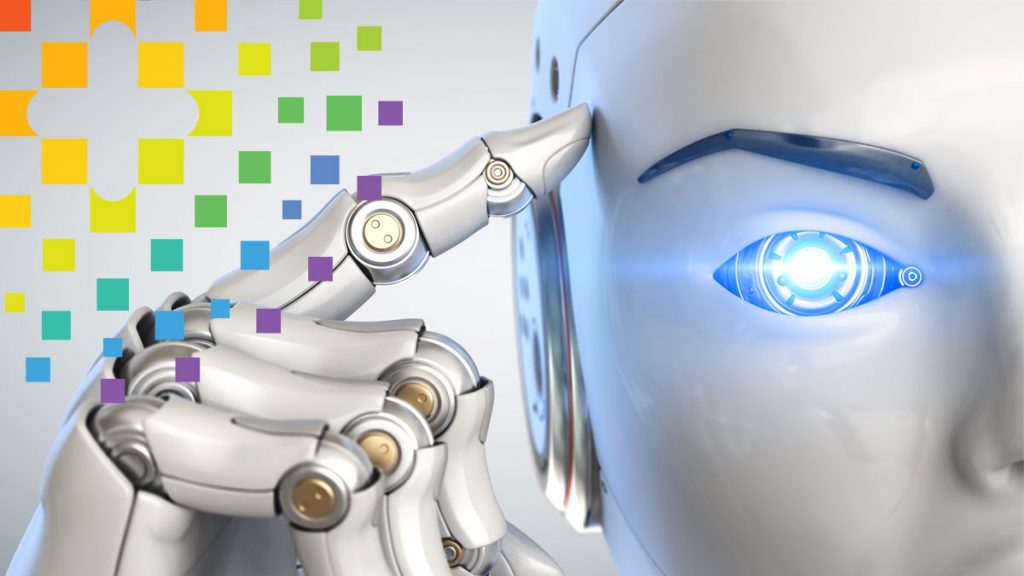This market research report was originally published at Omdia | Tractica’s website. It is reprinted here with the permission of Omdia | Tractica.
End-to-end robotics platform with modular, customizable development kit
Robotics development just got easier and more integrated. On June 17, 2020, Qualcomm announced the release of its RB5 robotics platform with artificial intelligence (AI) and 5G enabled. The comprehensive platform is designed to make it easier for developers and manufacturers to design and build AI-enabled robotics products targeted toward 5G connectivity.
Qualcomm’s RB5 platform includes a low power, high compute modular development kit designed for robots and drones—from toys to high end professional models. The kit allows developers to choose which components they want to include for their application.
Qualcomm is working with more than 30 ecosystem players that are developing hardware and software to enable a number of robotics applications with RB5.
Integrated, modular, and adaptable
Qualcomm’s integrated Snapdragon system-on-chip (SoC) processors are already powering multiple millions of robots in commercial settings. The new RB5 platform is the next step in Qualcomm products for the robotics industry.

Qualcomm Robotics RB5 Comprehensive Kit (Source: Qualcomm)
Robots perform four basic tasks. They sense, think, act, and communicate, and this cycle is repeated 30–100 times per second. The RB5 platform development kit includes six modules that developers can choose from to enable those tasks in their robots or drones. These include vision, sensors, network connectivity, 5G connectivity, motor control, and software integration.
The RB5 kit appears to be the most comprehensive and integrated platform to date for purpose-built robotics development. The kit offers six choices for chipsets—from good (QCS404) to best (QRB5165)—which makes it very flexible in both capabilities and cost.
The software tools include a neural processing engine for AI/machine learning (ML), a machine vision software development kit (SDK), and integration with AWS RoboMaker, Linux, and ROS2. The hardware choices include Qualcomm Flight Pro for drones, as well as the Qualcomm RB3 robotics platform or the RB5 robotics platform. Ecosystem support is included through integration with multiple original design manufacturer/contract manufacturer technology and platform companies.
RB5 is the most complete platform and kit on the market and will enable the rapid development of new robot and drone products, from large industrial and enterprise robots to small battery-operated ones with challenging power and thermal dissipation requirements. The 5G connectivity enables scalable capacity, flexibility, and greater ability for edge processing and services, as well as computer vision and AI for autonomous machines. Expect this platform to be popular with developers and to boost Qualcomm sales and market share.
The future of robotics development
One of the biggest challenges for robotics developers is the integration of the various hardware and software components that allow the robot to sense, think, communicate, and act. NVIDIA’s Isaac SDK for robots was a step in the right direction with tools, frameworks, GPU algorithms, reference designs, and pre-trained capabilities. The SDK is designed for use with the NVIDIA Isaac Sim simulation environment and the Jetson AGX Xavier computer specially designed for robotics. However, the integration of sensors, communications, and controls is left up to the developer.
For developers, Qualcomm’s integrated RB5 platform promises to make development easier and faster. It has a price range and computing power that varies based on the components that are included in the kit.
The well-designed plug-and-play aspect that allows developers to choose from among several options for each module means the cost and complexity match the design requirements. All of the options and modules come pre-integrated. So, developers can focus on creating their unique robot hardware and software, rather than spending enormous time testing various components, and then more time integrating them.
Next steps for developers and competitors
For developers using Qualcomm processors, the RB5 platform offers the opportunity to rapidly breeze past the integration phase and dive into product development based on the development kit. The integrated modules can be added upfront or later as needed. More than 30 ecosystem partners are developing hardware and software to enable a number of robotics applications with RB5, as well as integration with Linux, ROS, and multiple connectivity protocols. There really are no missing pieces to this platform. This makes RB5 a potential home run for Qualcomm and for robotics developers.
For Qualcomm’s competitors such as NVIDIA, this release will be a hard act to follow. RB5 signals that the future of robotics development platforms is moving toward an end-to-end system with full integration, increased modularity, and multiple modular choices for developers.
This trend should stimulate the robotics and drone industries even further, resulting in a greater variety of intelligent connected products and lower prices due to shortened time to market and lower development costs. All in all, RB5 is a well-thought-out platform and a masterful move by Qualcomm that is sure to increase the company’s market share and dominance in the industry.
Glenn Sanders
Senior Analyst, Omdia | Tractica


